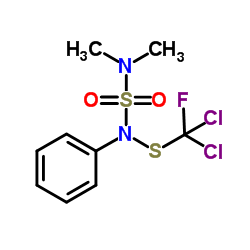| Structure | Name/CAS No. | Articles |
|---|---|---|
 |
Irgarol
CAS:28159-98-0 |
|
 |
Dichlofluanid
CAS:1085-98-9 |